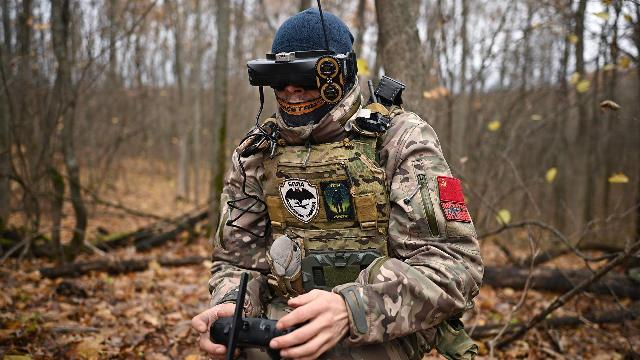The Izvestia correspondent found out which targets require the largest number of kamikaze drones to destroy
In autumn, the Russian army liberated more than 80 settlements in the DPR and LPR, Zaporizhia, Kursk and Kharkiv regions. Combat drone operators played a significant role in these offensive operations. A correspondent of Izvestia visited the location of one of these units of the Vostok group of forces and watched how the fighters struck at the enemy. Their work has allowed our infantry to make serious progress — the military personnel of this group have liberated 13 settlements in the South Donets direction over the past three months.
How are tanks destroyed in the area of their own
It is difficult to name the number of drones spent on defeating the APU tank.
— One drone can be enough for one tank, up to nine can be spent on another. By the way, more is spent on Soviet-made tanks. We try to burn them completely. If we do not do this, then most likely it will be evacuated and restored. We do not give the enemy such an opportunity," the UAV operator with the call sign Sledgehammer told Izvestia.
He notes that his unit is regularly replenished.
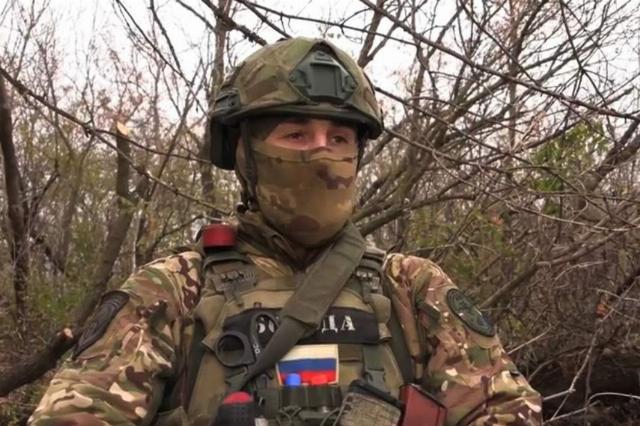
Photo: IZVESTIA/Dmitry Korneev
Image source: iz.ru
— We try to put all recruits into service quickly. Two weeks are enough to train them and make them an effective drone pilot. Of course, a lot depends on the student himself. What matters is how well he develops fine motor skills, attentiveness, and reaction speed. Of course, a person will not become an ace operator in a short time. Everything comes with experience," says Sledgehammer.
The balance of forces in the drone confrontation
Enemy drones are now in the sky 24 hours a day. And it's almost impossible to hide from them. This forces Russian fighters to constantly change tactics and strategy, said Sledgehammer.
— Our goals are very diverse: infantry, equipment of all kinds, dugouts, strongpoints, ammunition depots, in general, everything that poses a threat. And the balance of forces in the drone confrontation is now on our side," the fighter stressed.
According to him, the evolution of drones is very noticeable — every day something is improved and refined in aircraft.
— The enemy, of course, is awake and working on us, but we are disguised. With our "Mavics" we shoot down their "Mavics". We don't let them hang over us and our positions, we work with electronic warfare," explained Sledgehammer.
Factory-built UAVs are mainly supplied to this division.
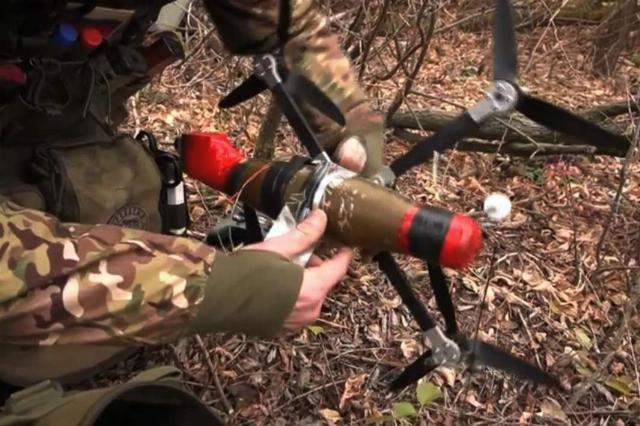
Photo: IZVESTIA/Dmitry Korneev
Image source: iz.ru
— Now we have enough of them, they are coming in large numbers. Their device is simple: four motors, screws, housing, camera, control transmitters. On average, the cost of one device ranges from 50 thousand to 60 thousand rubles," the drone operator said.
At the end of our conversation, Sledgehammer remembers that he goes on vacation every six months, in his native Buryatia.
— Sometimes I meet those who are in doubt whether to go on their own or not, — he says. — In my opinion, you should not come here without a desire to defend your country. If you don't understand what you're here for, you'll work accordingly — badly. No one needs this. We need motivated comrades. I am sure that we will succeed and the victory will be ours! And I wish the enemy a passing drone in the back.
Sniper and drone pilot are similar specialties
The head of the calculation of attack drones with the call sign Beard said that he had a desire to go to his own place even at the moment when mobilization began in the country.
— But then it didn't work out for family reasons. As a result, I signed a contract in October last year, but I was on special operations only in April of this year. From October to April, he underwent special training. In the training center, they trained on "Mavics". We learned how to conduct reconnaissance, work with discharges. Later I switched to the FPV format," he recalls.
According to him, it was not easy for him to get used to controlling such drones.
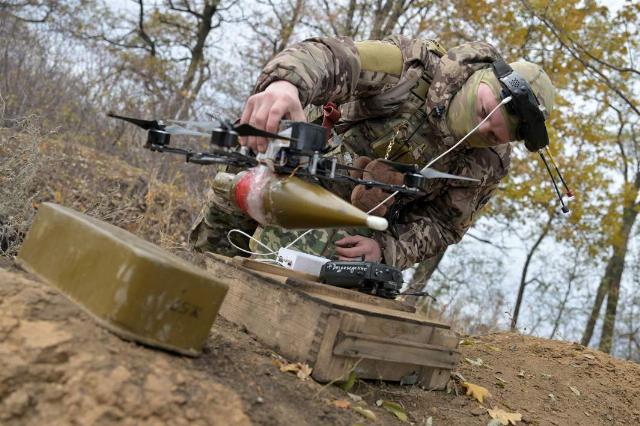
Photo: RIA Novosti/Evgeny Biyatov
Image source: iz.ru
— Only constant training and practice are able to develop the necessary skills to work effectively with them. To be honest, I originally wanted to be a sniper. But it didn't work out. He became a drone operator. These two specialties, in my opinion, are similar in many ways: you sit in ambush, you watch the enemy and destroy it, you conduct reconnaissance, you adjust artillery," said Beard.
He admitted that he had not completed military service before signing the contract.
— But both my grandfathers fought in the war. Therefore, when mobilization was announced, there were no thoughts of avoiding it at all. There was only one desire — to defend his Homeland," the commander stressed, showing the drones his unit is working with.
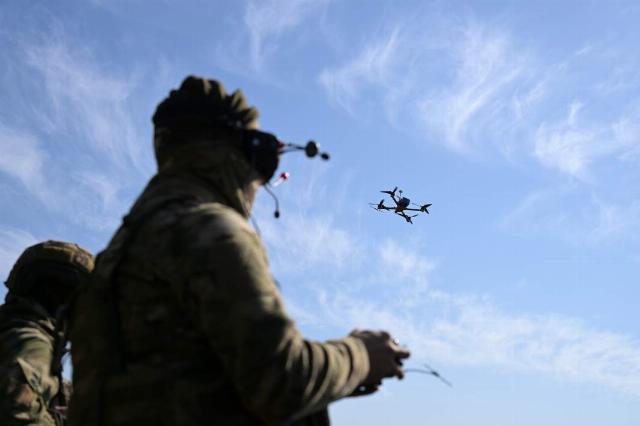
Photo: RIA Novosti/Evgeny Biyatov
Image source: iz.ru
— Here is a cumulative munition with additional striking elements. Its detonation occurs at the moment of contact closure. That is, any small pressure can lead to an explosion. We work with such techniques. We hit infantry with shrapnel, thermobaric strongholds. In the latter, the principle of defeat is penetration into an enclosed space, removal of oxygen and burning, — explains the specialist.
He draws attention to the fact that their interaction with other departments is constantly being built.
— For them, we conduct reconnaissance, objective shooting, accompany columns, for example, we adjust our artillery operating from closed firing positions, — explained Beard.
UAV operators are now working both day and night — at night they are helped to find the enemy and destroy his thermal imagers and night vision cameras.
Dmitry Korneev
